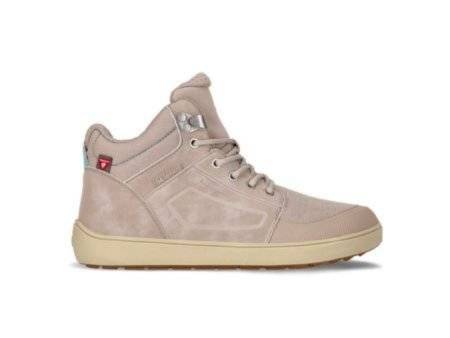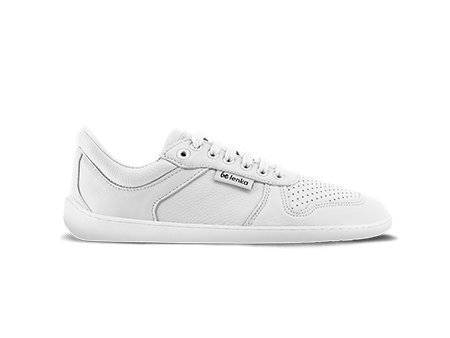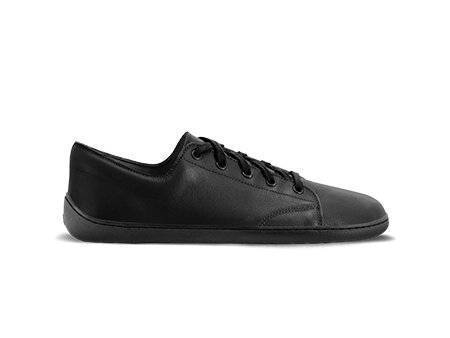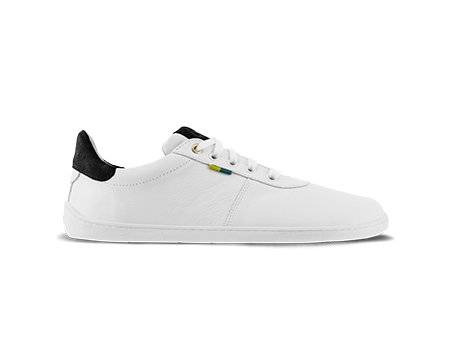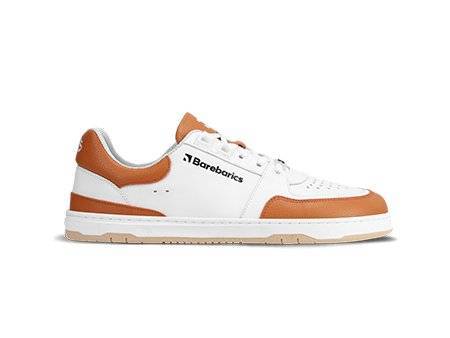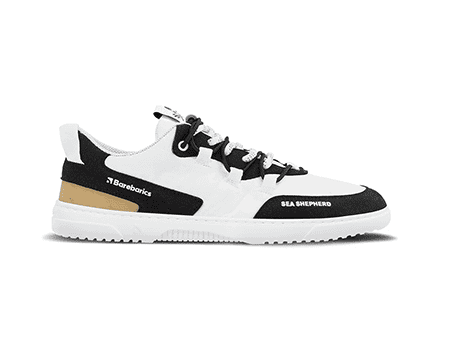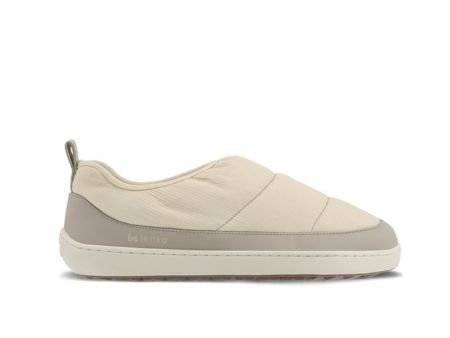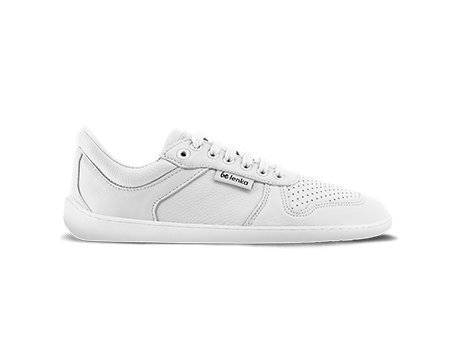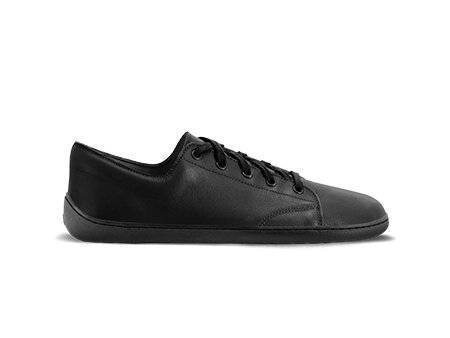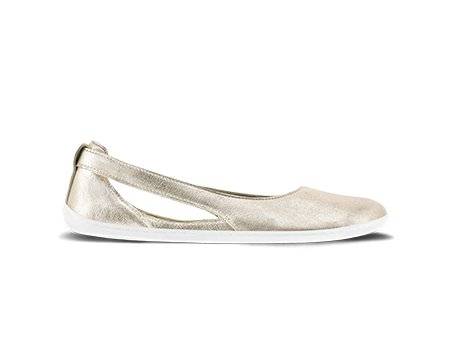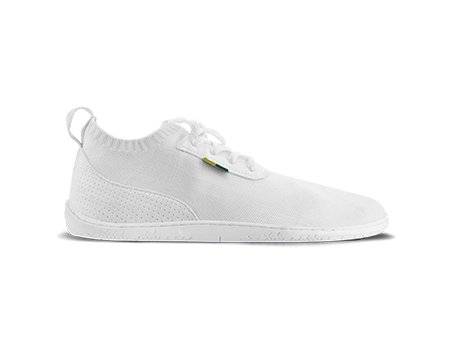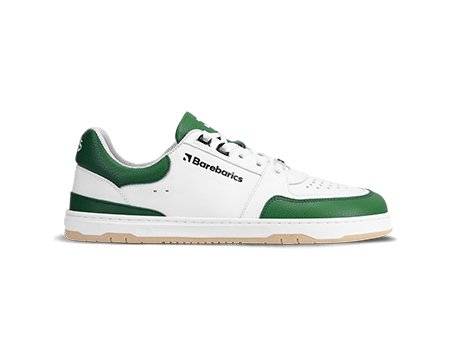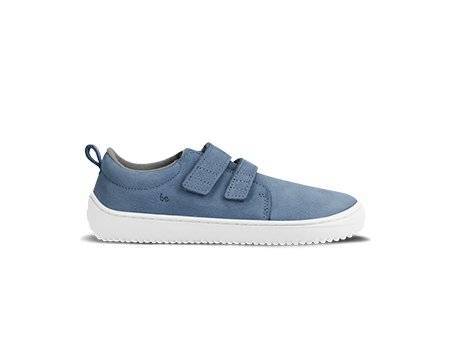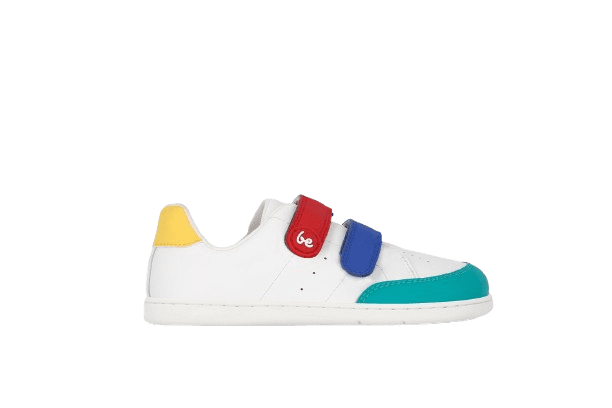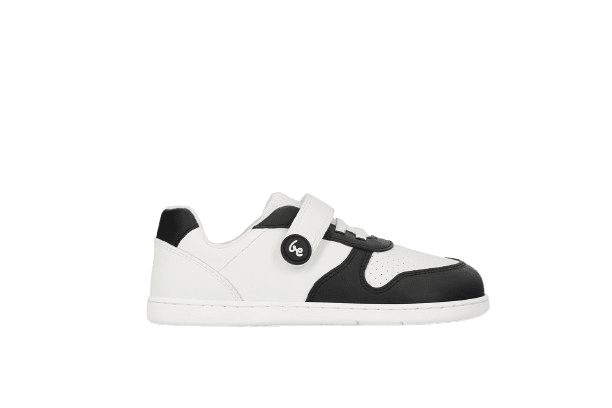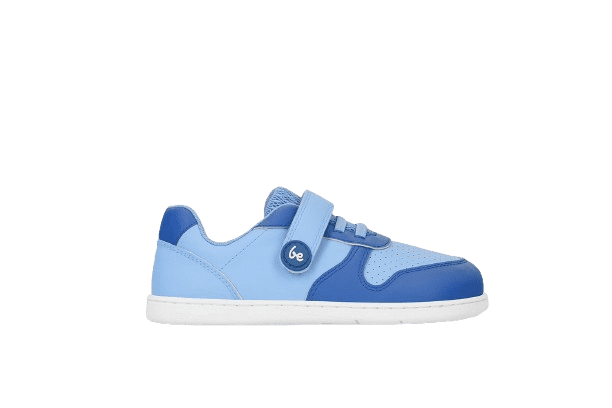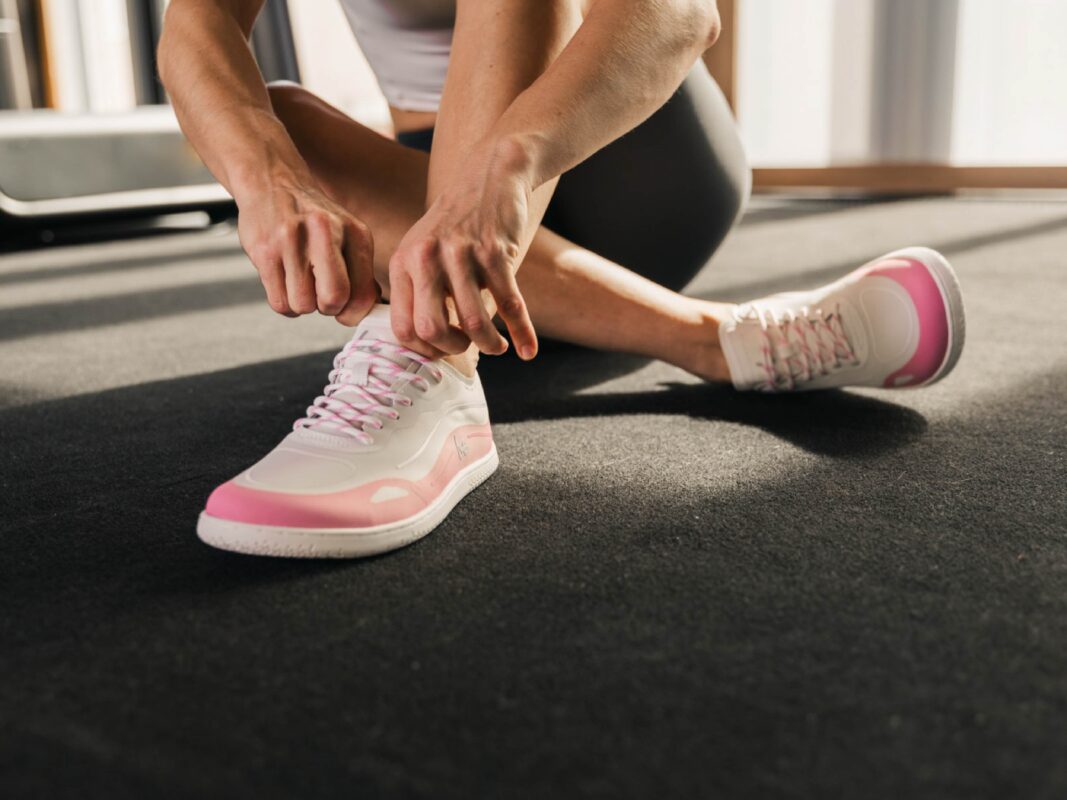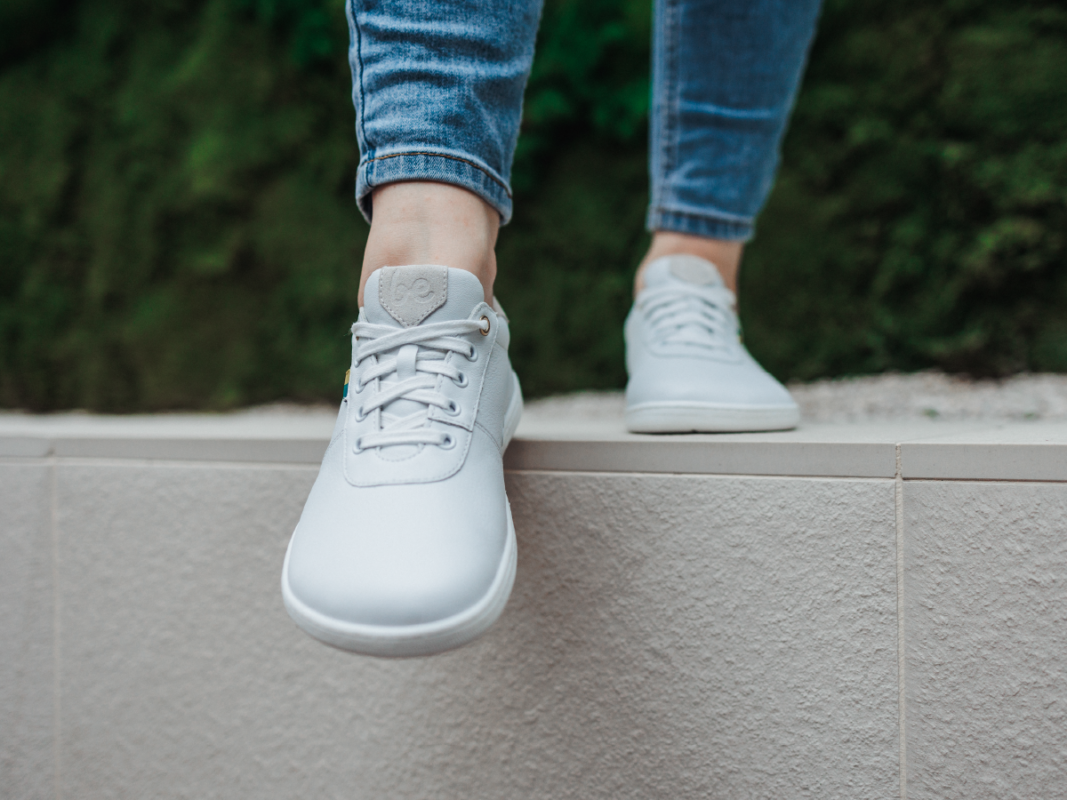When it comes to footwear, we often think about style, comfort, and functionality. But what about the way our shoes affect our bodies? Over recent years, the barefoot movement has gained traction, with minimalist footwear such as barefoot sandals becoming increasingly popular. At the same time, sneakers remain a staple in most people’s wardrobes, offering cushioning, structure, and trendy designs. So, which should you choose: barefoot sandals or sneakers?
Let’s break down the differences, benefits, and best use cases for each to help you decide which one is right for your lifestyle.
What Are Barefoot Sandals?
Barefoot sneakers are minimalist shoes designed to mimic the barefoot walking feeling while offering basic protection and everyday versatility. They feature thin, flexible soles, zero or minimal heel drop, wide toe boxes, and no built-in arch support, allowing your feet to move and function naturally.
Barefoot sneakers are popular because they:
- Encourages natural foot movement and posture
- Strengthening foot muscles over time
- Allow toes to spread and grip naturally
- Offer a lightweight, breathable alternative to traditional shoes
- Come in endless styles and options
Whether you’re commuting, running errands, or exploring the outdoors, barefoot sneakers give you the comfort of barefoot walking with the convenience of modern design.
Benefits of Barefoot Sandals:
- Natural Foot Function: Barefoot sandals promote a natural walking gait. With no padding or arch support, your feet and toes must work harder, activating muscles that are often neglected in heavily cushioned shoes.
- Improved Balance and Posture: Being closer to the ground means better feedback from your surroundings. This heightened proprioception (awareness of body positioning) can improve posture and reduce joint strain.
- Lightweight & Breathable: Perfect for hot weather or long walks, barefoot sandals are ultra-light, breathable, and let your feet move and breathe freely.
- Strengthens Foot Muscles: Wearing barefoot footwear gradually strengthens the small muscles in your feet, which can reduce the likelihood of injuries over time.
- Encourages Toe Splay: Tight shoes often cause our toes to scrunch together. Barefoot sandals allow your toes to spread naturally, improving balance and reducing pressure.
Benefits of Sneakers
- Support & Cushioning: Sneakers protect your feet during high-impact activities like running, jumping, or standing for long hours. The cushioning helps reduce fatigue and pressure on the joints.
- Great for Sports & Fitness: Most sneakers are engineered for athletic use. Whether you’re lifting weights, running on pavement, or playing sports, they offer the structure and grip you need.
- Weather Protection: In colder or wetter conditions, sneakers provide more protection from the elements compared to open sandals.
- Fashion Flexibility: From streetwear to business casual, sneakers come in endless designs — you can dress them up or down for nearly any occasion.
- Foot Injury Support: If you’re recovering from a foot injury or dealing with conditions like plantar fasciitis, sneakers with proper orthotics may help ease pain during healing.
Barefoot Sandals: When Not to Wear Them
As amazing as barefoot sandals are, they aren’t ideal in all situations. Here’s when you might want to choose something else:
- During high-impact sports such as basketball or trail running.
- On rocky terrain that can bruise or injure unprotected soles
- In cold weather, where feet need insulation
- If you’re new to barefoot shoes, you’ll need a gradual transition period
Barefoot Sneakers: When Not to Wear Them
As comfortable and natural as barefoot sneakers feel, they’re not the perfect fit for every situation. Here’s when you might want to opt for something more structured:
- If you’re recovering from a foot injury and need orthopedic support or added stability
- In extremely cold or wet conditions, where insulation and waterproofing are needed
- If you’re new to barefoot footwear, it’s best to ease in slowly to avoid muscle strain or injury
While barefoot sneakers offer freedom and natural movement, choosing the right shoe for the activity helps keep your feet safe and supported.
Transitioning to Barefoot Footwear: Tips
If you’re new to barefoot shoes, don’t rush the process. Transition slowly to allow your muscles and tendons to adapt:
- Start with short walks and increase gradually
- Practice at home before going on longer outings
- Listen to your body, sore muscles are okay, but sharp pain is not
- Strengthen your feet with exercises like toe curls and calf raises
Which One Is Right for You?
There’s no one-size-fits-all answer; both barefoot sandals and sneakers offer unique benefits. It comes down to your lifestyle, goals, and comfort preferences.
If you’re looking for a grounded, natural experience that enhances your body’s natural biomechanics, barefoot sandals are worth exploring. If you want all-day comfort, versatility, and support for high-energy days, sneakers are a tried-and-true favorite.
You can even have both in your wardrobe, using each when the moment calls for it.
Ready to Make the Switch?
Whether you’re curious about natural foot freedom or just seeking everyday comfort, exploring your options with quality barefoot sandals or ergonomic sneakers can lead to better foot health, posture, and performance.
The best shoe is the one that makes you feel connected, strong, and supported, no matter where your day takes you.
